February 2025
Singita Grumeti & Lamai
Share:
Singita Grumeti & Lamai: February 2025
For February the weather was very dry. The grass, once tall and lush, began to dry out and turn brown. As the grass shrank, the seeds from the plants fell to the ground, waiting for the next rains to help them germinate again. The heat during the day was intense, and the animals that required water the most gathered around the few places where they could drink. The seasonal pans that usually held water during the rains had all dried up, forcing the animals to wait patiently for their turn at the remaining waterholes.
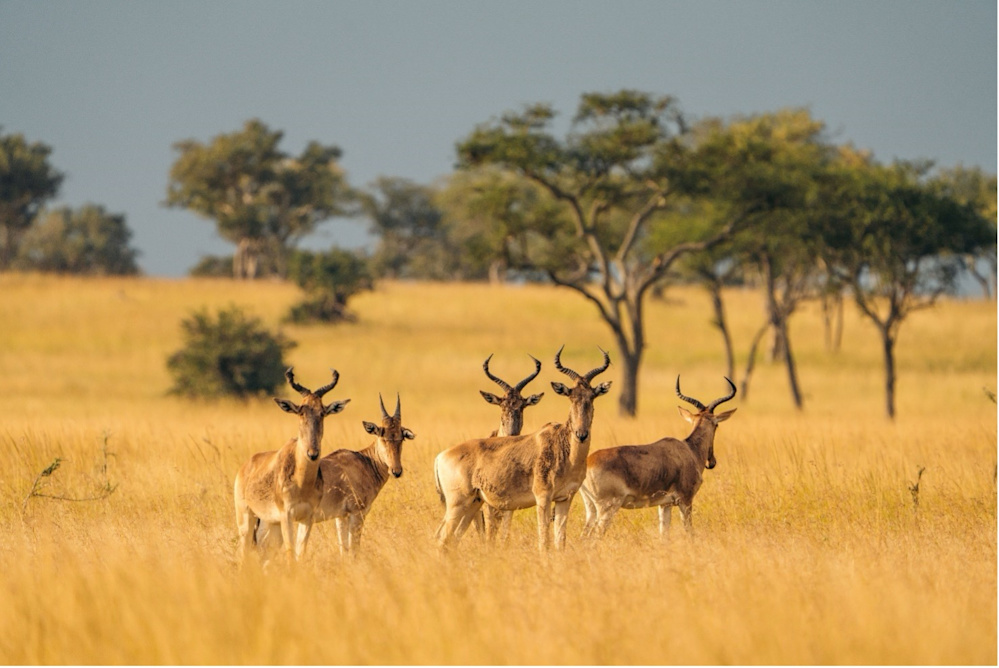
Zebras, gazelles, elands, and topis were seen in large groups roaming the plains of Biribai, Nyasirori, and Gambaranyera, where the grass was still short and sparse. These animals fed early in the morning, when the temperatures were cooler, and rested in the afternoons to avoid the midday heat.
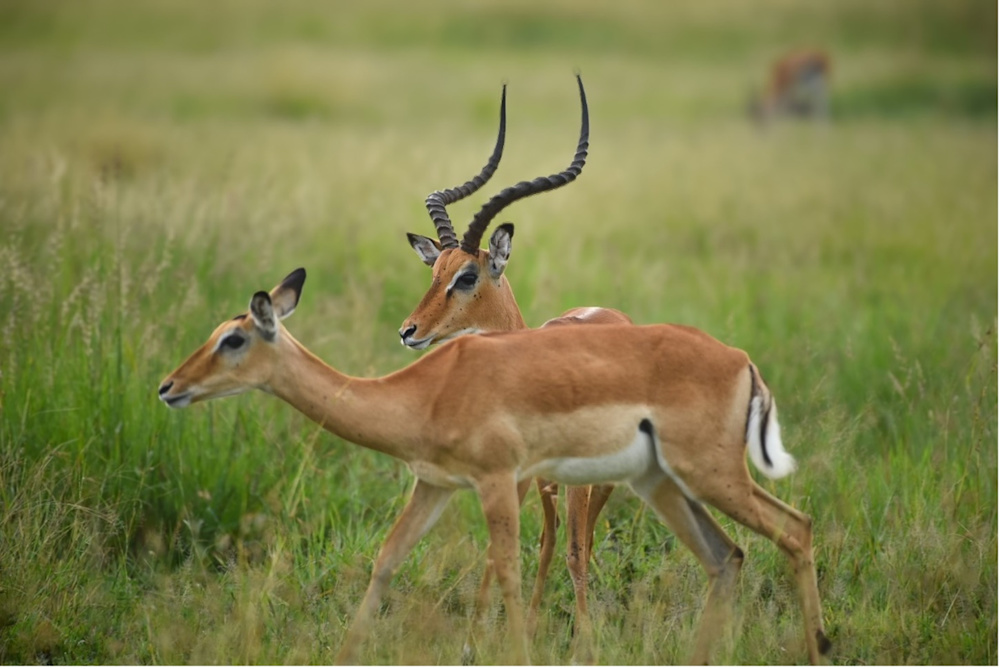
The dry month of February has highlighted the remarkable ability of wildlife to navigate their environment, adjusting to the shifting weather patterns and overcoming the challenges that nature presents.
February sightings snapshot for Grumeti:
Lions:
In February, lion sightings were exceptional throughout the month, with some truly special moments across the reserve. Here’s a summary of the highlights:
- The Kombre Pride was frequently seen near the Kombre drainage and north of the rhino boma, just east of Serengeti House.
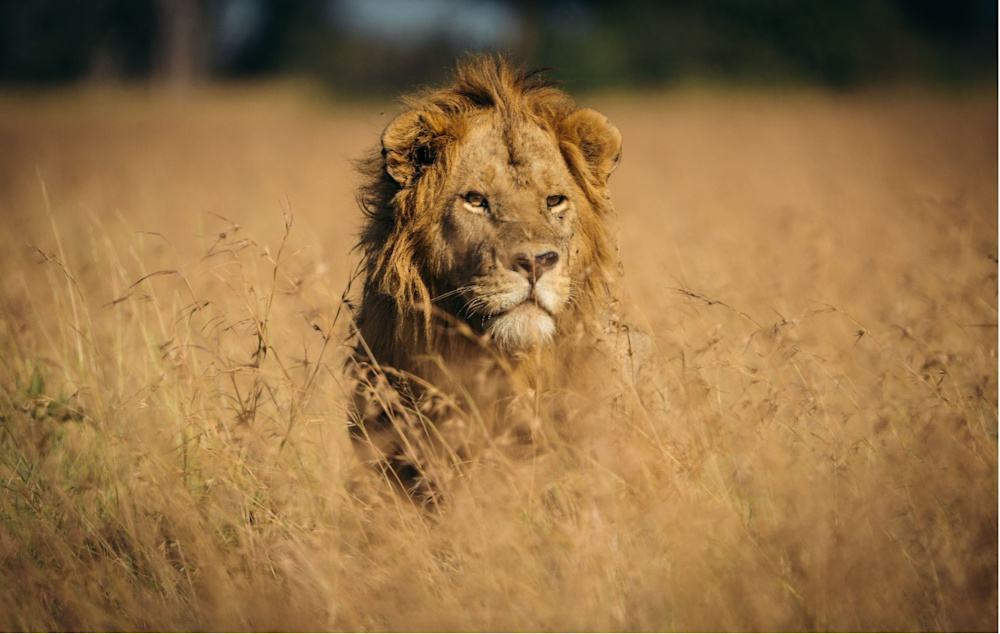
- The Butamtam Pride covered a wide area, with sightings at Sasakwa Dam, which has traditionally been the heart of their territory, directly south of Sasakwa Lodge.
- Members of the West Pride were seen south of Marula Explore Camp and moved all the way to the border of the Serengeti National Park.
- The Sabora Pride was seen with three new young cubs near the morum pit, west of Sabora. The presence of the cubs kept the pride in the area for an extended period.
- The Ridge Pride was often seen around Sabora Access road, Mak Link, and the Ridge Hill areas, which form part of their home.
- Lastly, the Mkuyu Pride was frequently observed northwest of Faru Faru Lodge and often seen drinking from the waterhole in front lodge’s deck.
Leopards:
February was an outstanding month for these elusive and secretive creatures of the wild, as we set a sightings record. We surpassed the previous six month milestone, achieving something truly remarkable.
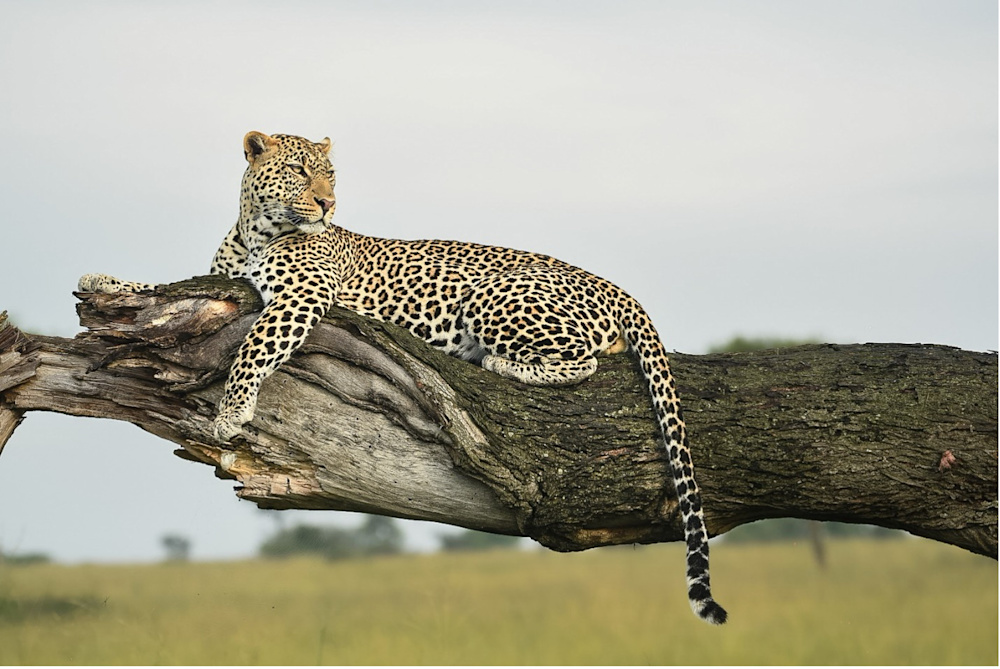
- One morning, we had the opportunity to follow a female leopard and her cub for about three hours. They led us to a Grant’s gazelle carcass south of the Nyasirori ranger post.
- The Grumeti North male was often seen north and west of Faru Faru Lodge, resting in trees and appeared to be in good health.
- A large male leopard was spotted lying in the long grass along the Ikoma drainage, showing how camouflaged these creatures can be.
- Mother And Two was seen with one cub at the beginning of Mbogo drainage.
- One sub-adult leopard was seen along Faru Access Road practicing her hunting skills.
- Towards the end of the month, we saw a male walking out on the Sasakwa plain, straight south of Sasakwa Lodge.
Cheetahs:
Cheetahs were seen more frequently in the western section of the reserve, likely due to the local movements of their prey. A few notable observations include:
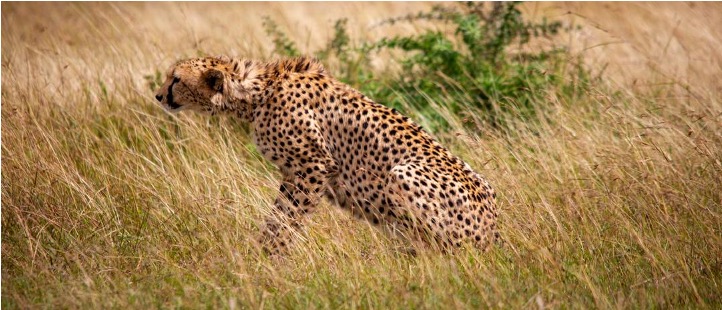
- A female cheetah and her sub-adult cub were seen together at the beginning of the month south of Mbuni Crossing, near the border of the Serengeti National Park and towards the end of the month they separated and the cub was seen wandering and hunting on her own.
- Another female cheetah was observed at Gambaranyera plain, west of Balanitis Explore Camp
- A junior veteran cheetah made an exciting return to the western part of the concession, near Marula Explore, after being absent for several weeks. It was very exciting to see him back.
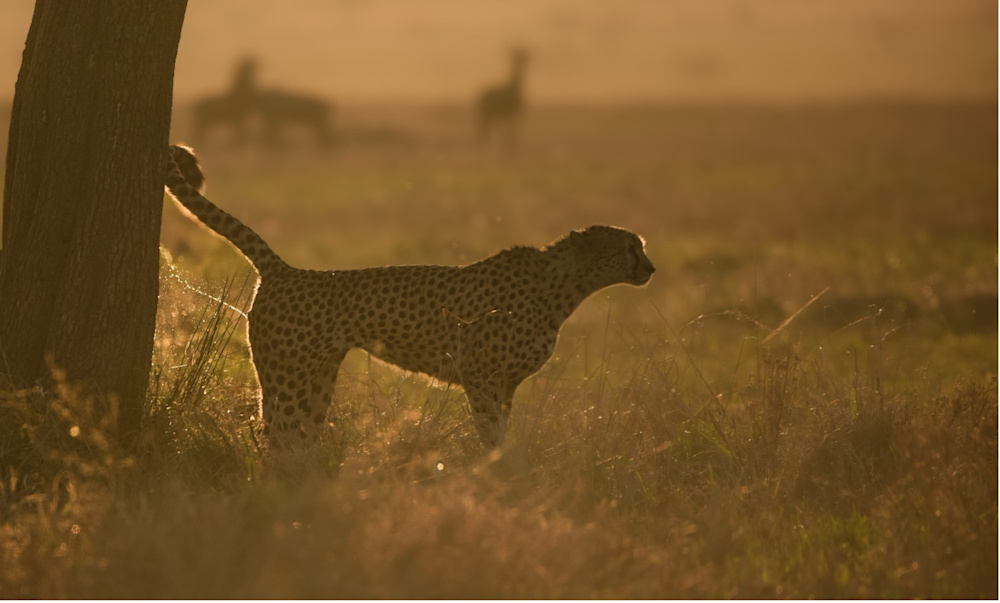
Elephants:
In February, the large elephant herds across the reserve split into smaller and medium-sized groups due to the dry conditions in many areas.
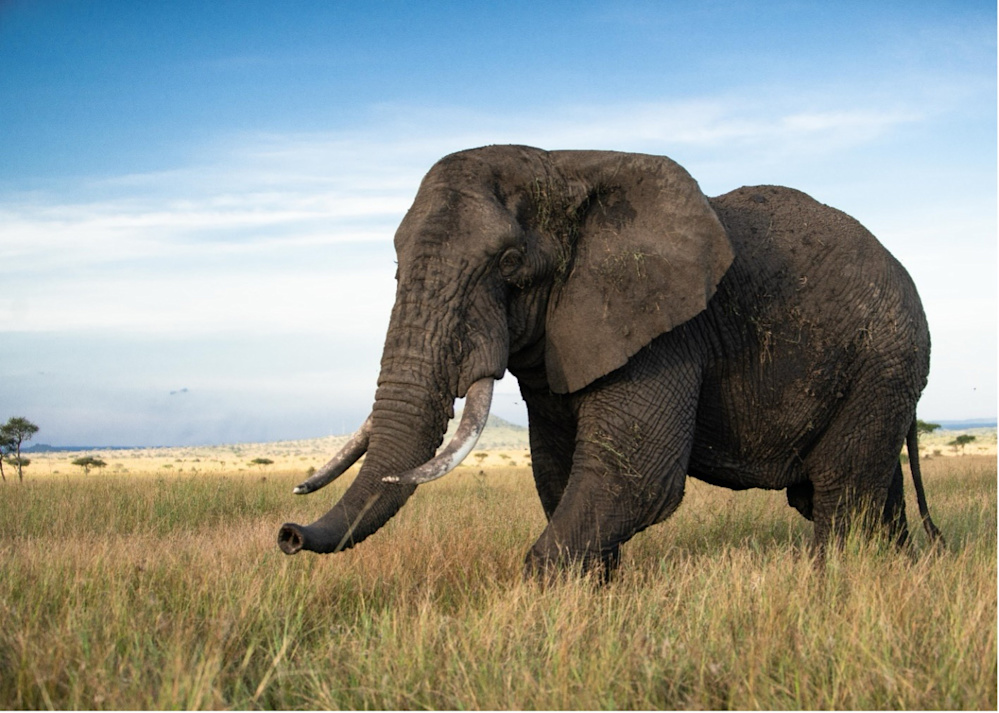
- The Albizia woodland, located just east of Sasakwa Lodge, became a key area for the elephants, with large numbers present throughout the month.
- The Sabora area also saw a steady number of herds, often seen roaming the open plains and exploring the surrounding areas.
- On the eastern side of the reserve, elephants were often seen near the Grumeti River and Rokare drainage in the afternoons. They would drink from the river and immerse themselves in the water to cool off.
- In the Raho drainage, south of Marula, elephants were seen moving through the area, looking for seasonal pans to drink from.
- We also observed herds east of Bangwesi Hill for much of the month. These herds were moving through the woodland area grazing and browsing.
Buffalos:
As always, buffalos have been roaming around in large herds in the month of February.
- A large herd were around Sasakwa plain and gathered at the dam in the afternoon to drink. Bachelor herds were spotted in the mudholes wallowing to cool off during the hot afternoon.
- Two equal-sized herds were seen north of Faru Faru Lodge. One stayed near the morum pit watering hole for most time of the month, while the other spent time at the beginning of the Mbogo drainage.
- On Sabora plain, a large herd was seen north of the camp. The herd moved across Fisi and Rubana Link and other areas towards the Seyal woodland.
- On the western side of the reserve, two large herds were seen west and north of the Balanitis and Marula Explore Camps.
- On the western side of the reserve, there was a very large herd seen on the Gambaranyera plain.
- The largest herd roamed the areas east of Serengeti House, Kombre drainage all the way to the Albizia woodland.
Rhino:
- The male eastern black rhino was seen a few times on the eastern side of the boma and he looked strong and healthy.